Pros of Investing in Solar Panels:
- Renewable Energy Source
- Cost Savings
- Return on Investment (ROI)
- Energy Independence
- Environmental Benefits
Cons of Investing in Solar Panels:
- High Initial Cost
- Location and Efficiency
- Maintenance and Repairs
- Compatibility and Aesthetics
- Lifespan and Technology Advancements
Pros of Investing in Solar Panels
Renewable Energy Source


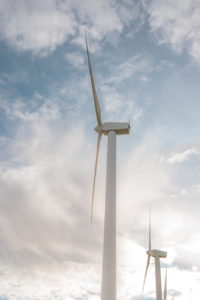
Solar panels are an environmentally-friendly and sustainable energy solution that harnesses the power of the sun. With the growing concern about climate change and the need to reduce greenhouse gas emissions, solar energy offers a viable alternative to traditional fossil fuel-based electricity generation.
The sun is an abundant and virtually limitless resource, radiating an enormous amount of energy to the Earth every day. By installing solar panels on rooftops or open spaces, individuals and businesses can tap into this renewable energy source and significantly reduce their carbon footprint. Unlike fossil fuels such as coal, oil, and natural gas, solar power does not produce harmful emissions or contribute to air pollution, making it a clean energy option.
One of the primary advantages of solar panels is their potential to reduce dependence on non-renewable fossil fuels. Traditional electricity generation relies heavily on fossil fuel combustion, which releases carbon dioxide and other greenhouse gases into the atmosphere. These emissions are a significant contributor to climate change and have adverse effects on air quality and public health. By switching to solar power, individuals and businesses can play an active role in reducing greenhouse gas emissions, mitigating the impacts of climate change, and improving air quality.
Solar panels also offer economic benefits. While the initial investment cost can be high, the long-term savings on electricity bills can make up for it. Once installed, solar panels generate electricity at no additional fuel cost, reducing or even eliminating the need to purchase electricity from the grid. In some cases, excess energy generated by solar panels can be sold back to the grid, allowing individuals to earn credits or monetary compensation. Additionally, various government incentives, such as tax credits and rebates, are often available to encourage the adoption of solar energy, further enhancing the financial viability of investing in solar panels.
Cost Savings
The initial cost of investing in solar panels can indeed be significant, but the long-term cost savings they offer make them a worthwhile investment. Once installed, solar panels prices generate electricity without the need for fuel, which significantly reduces your utility bills.
Traditional electricity generation relies on purchasing electricity from the grid, and the costs associated with it are subject to price fluctuations and increasing rates over time. In contrast, solar panels provide a stable and predictable source of electricity. By generating your electricity on-site, you become less reliant on the grid and can potentially eliminate or drastically reduce your electricity bills.
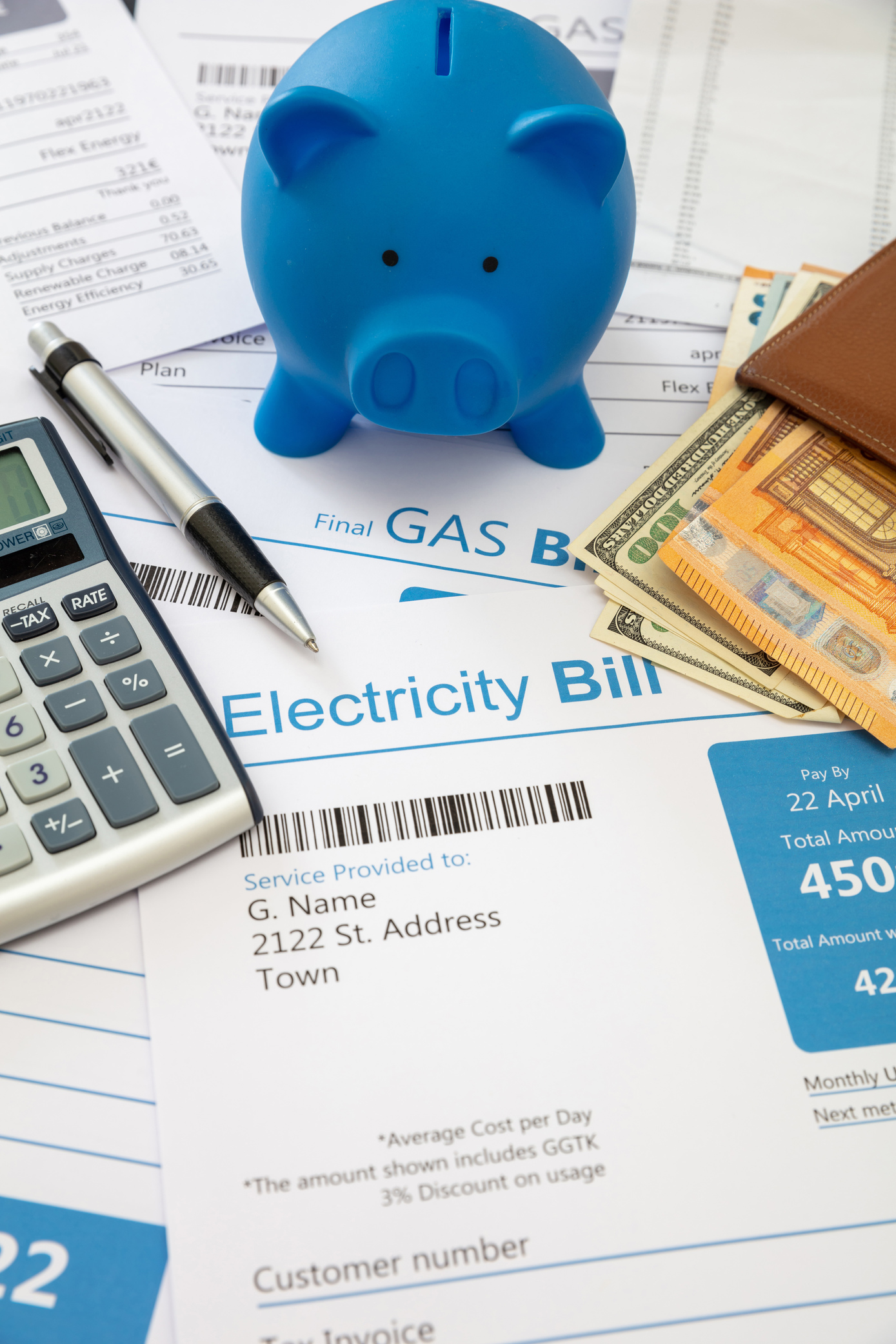 Moreover, solar panels have the potential to generate more electricity than you consume. During periods of peak sunlight and low energy usage, the excess energy produced by your solar panels can be fed back into the grid. This process is known as net metering or feed-in tariffs, depending on your location, and it allows you to receive credits or financial compensation for the surplus energy you contribute to the grid. These credits can be used to offset the costs of electricity you consume during times when your solar panels are not producing enough energy, such as at night or during cloudy days.
Moreover, solar panels have the potential to generate more electricity than you consume. During periods of peak sunlight and low energy usage, the excess energy produced by your solar panels can be fed back into the grid. This process is known as net metering or feed-in tariffs, depending on your location, and it allows you to receive credits or financial compensation for the surplus energy you contribute to the grid. These credits can be used to offset the costs of electricity you consume during times when your solar panels are not producing enough energy, such as at night or during cloudy days.
Over time, the cost savings from reduced utility bills and potential income from selling excess energy can help offset the initial investment in solar panels. The exact payback period and return on investment will vary depending on factors such as the size of your solar system, your electricity consumption, local energy rates, and available incentives. However, many solar panel systems pay for themselves within 5 to 10 years, and they typically have a lifespan of 25 to 30 years or more.
Additionally, government incentives and tax credits can further improve the financial viability of solar panel installations. Many countries and regions offer incentives to promote the adoption of solar energy, including grants, tax credits, and favorable financing options. These incentives can help reduce the upfront cost and shorten the payback period, making solar panels an even more attractive investment.
Return on Investment (ROI)
Solar panels are a long-term investment that can yield substantial savings on electricity bills over their lifespan, typically ranging from 25 to 30 years. This extended period allows homeowners and businesses to recoup their initial investment and potentially achieve a return on investment (ROI).
As solar panels generate electricity from sunlight, they reduce or even eliminate the need to purchase electricity from the grid. This can result in significant savings on monthly electricity bills, especially as utility rates tend to increase over time. The exact amount of savings will depend on factors such as the size of the solar system, local energy rates, and the amount of sunlight available in the region.
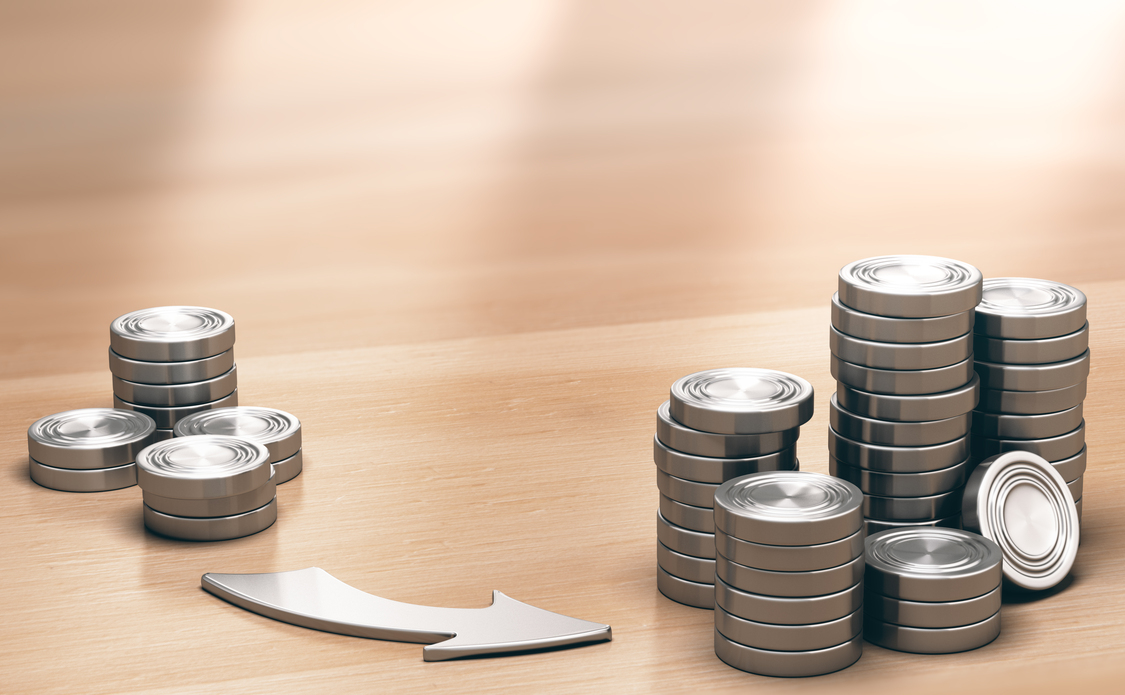
In addition to the savings on electricity bills, government incentives, and tax credits can further enhance the ROI of solar panel installations. Many governments and local authorities provide financial incentives to encourage the adoption of renewable energy, including solar power. These incentives can come in the form of grants, rebates, tax credits, or favorable financing options. By taking advantage of these programs, the upfront cost of installing solar panels can be significantly reduced, improving the overall financial viability of the investment.
Solar panels have the potential to generate more electricity than is consumed, especially during sunny periods. This excess energy can be sold back to the grid, allowing homeowners and businesses to earn credits or even monetary compensation. This further offset the costs of the solar panel system and can contribute to the overall ROI.
It’s important to consider the lifespan of solar panels prices when evaluating the financial benefits. With proper maintenance and care, solar panels prices can continue to operate effectively for decades. Even towards the end of their lifespan, they can still generate a significant amount of electricity. While some efficiency degradation may occur over time, technological advancements and improved panel durability have increased the overall reliability and performance of solar panels.
Energy Independence
Solar panels prices offer a valuable advantage of energy independence by reducing reliance on the power grid, which can be susceptible to outages and price fluctuations. This aspect of self-sufficiency provides a consistent power supply and decreases vulnerability to utility disruptions.
Traditional electricity grids can experience various issues that result in power outages. Severe weather conditions, equipment failures, and grid maintenance are just a few factors that can disrupt the flow of electricity. These outages can have significant consequences, such as interruption of critical services, loss of productivity, and discomfort in residential settings. By generating your electricity with solar panels, you significantly reduce the impact of these outages.
Solar panels operate independently of the power grid, relying solely on sunlight to generate electricity. This means that even during grid outages, your solar panels prices will continue to produce power as long as there is sufficient sunlight available. This can be especially beneficial in areas prone to frequent power interruptions or regions with unreliable grid infrastructure.
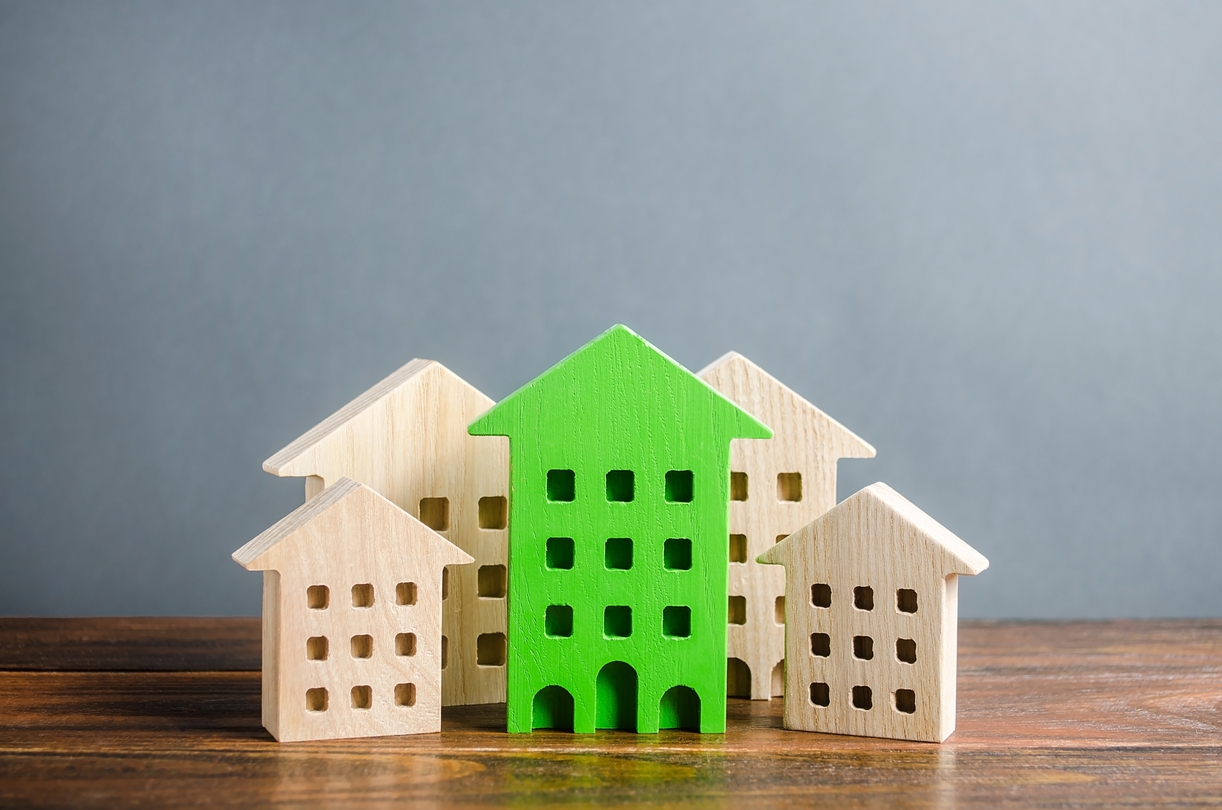
Moreover, solar panels provide a stable and predictable source of energy. Unlike traditional electricity generation, which is subject to price fluctuations and increasing energy costs, solar power is generated at no additional fuel cost once the panels are installed. By generating your electricity, you are protected from future price hikes and can have more control over your energy expenses.
The energy independence offered by solar panel prices also contributes to greater resilience and sustainability. By reducing dependence on fossil fuel-based electricity generation, you help mitigate the environmental impact associated with traditional power sources. Solar power produces no greenhouse gas emissions during operation, leading to cleaner air and a reduced carbon footprint.
In addition, during periods of excess solar generation, homeowners and businesses can store surplus energy using batteries or feed it back into the grid. This further enhances energy independence and provides additional reliability and flexibility in managing electricity usage.
Environmental Benefits
Solar energy is widely recognized as a clean and renewable source of power that plays a crucial role in combating climate change and reducing carbon footprints. By harnessing the sun’s energy, solar panels produce electricity without generating any greenhouse gas emissions or air pollution during their operation.
 The burning of fossil fuels for electricity and energy production releases significant amounts of carbon dioxide and other greenhouse gases into the atmosphere. These emissions trap heat in the Earth’s atmosphere, leading to global warming and climate change. In contrast, solar panels offer a sustainable alternative that produces electricity through the direct conversion of sunlight into usable energy, without releasing harmful pollutants.
The burning of fossil fuels for electricity and energy production releases significant amounts of carbon dioxide and other greenhouse gases into the atmosphere. These emissions trap heat in the Earth’s atmosphere, leading to global warming and climate change. In contrast, solar panels offer a sustainable alternative that produces electricity through the direct conversion of sunlight into usable energy, without releasing harmful pollutants.
By choosing solar energy, individuals and businesses can make a positive impact on the environment by significantly reducing their carbon footprint. The electricity generated by solar panels displaces the need for conventional electricity sources, such as coal or natural gas power plants, which are major contributors to greenhouse gas emissions. The more widespread the adoption of solar panels, the greater the reduction in overall carbon emissions, helping to mitigate the effects of climate change.
Cons of Investing in Solar Panels
High Initial Cost



While the benefits of solar panels are undeniable, it is important to consider the upfront cost when deciding to invest in this renewable energy source. Purchasing and installing solar panels can require a significant investment, although prices have been decreasing steadily over the years.
The cost of solar panels depends on various factors, including the size of the system, the type and quality of the panels, and the complexity of the installation. However, it is important to view the investment in solar panels as a long-term financial decision. Although the initial cost may seem high, solar panels have the potential to generate substantial savings on energy bills over their lifespan.
Once installed, solar panels produce electricity without requiring fuel, which significantly reduces or even eliminates the need to purchase electricity from the grid. This can result in significant savings on monthly utility bills. The exact amount of savings will depend on factors such as the size of the solar system, local energy rates, and the amount of sunlight available in the region. Over time, these savings can help offset the initial expense of installing solar panels.
Furthermore, various government incentives and tax credits are often available to encourage the adoption of solar energy. These incentives can vary depending on the country or region but can include grants, rebates, tax credits, and favorable financing options. By taking advantage of these programs, the upfront cost of solar panel installation can be significantly reduced, making them a more financially viable option.
It is worth noting that the return on investment (ROI) for solar panels is typically realized over the long term. While the payback period may vary depending on factors such as energy consumption and local incentives, many solar panel systems pay for themselves within 5 to 10 years. Considering that solar panels have a lifespan of 25 to 30 years or more, the long-term financial benefits can far outweigh the initial investment.
In addition to financial savings, investing in solar panels also provides a degree of protection against rising energy costs. Traditional electricity prices are subject to fluctuations and increasing rates over time. By generating your electricity with solar panels, you are shielded from these price hikes and have more control over your energy expenses.
It is important to conduct a thorough evaluation and financial analysis when considering the investment in solar panels. Factors such as available sunlight, upfront cost, potential savings, available incentives, and overall financial viability should be taken into account. Consulting with solar energy professionals or financial advisors can provide valuable insights and help you make an informed decision.
Location and Efficiency
Before investing in solar panels, it is crucial to evaluate your property’s solar potential, as adequate sunlight exposure is essential for optimal operation. If your property is heavily shaded or located in an area with limited sunlight, the efficiency and output of the panels may be significantly reduced. Conducting a solar assessment will help you determine the viability and potential benefits of installing solar panels.
The amount of sunlight a property receives depends on several factors, including its geographical location, surrounding landscape, orientation, and shading from nearby trees or buildings. To assess your property’s solar potential, consider the following:


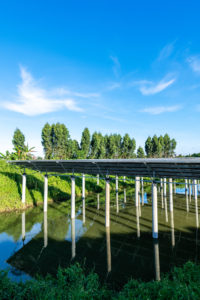
Sunlight Availability
Determine the amount of direct sunlight your property receives throughout the day. Observe which areas receive the most sunlight and any areas that are consistently shaded. Keep in mind that solar panels require unobstructed access to sunlight for optimal performance.
Solar Irradiance
Solar irradiance refers to the amount of solar energy that reaches a given area. Different regions have varying levels of solar irradiance due to factors such as latitude, weather patterns, and atmospheric conditions. Understanding the solar irradiance of your location will help estimate the potential energy output of your solar panels.
Shade Analysis
Assess the potential shading on your property, both from natural elements like trees and nearby buildings. Shading can significantly impact solar panel performance, as it reduces the amount of sunlight reaching the panels. If shading is a concern, consider options such as trimming trees or adjusting the panel placement to maximize sunlight exposure.
Tilt and Orientation
The tilt and orientation of solar panels affect their efficiency. Ideally, panels should face south (in the northern hemisphere) or north (in the southern hemisphere) to receive maximum sunlight exposure throughout the day. The optimal tilt angle may vary depending on your location. Consulting with solar professionals can help determine the most suitable panel orientation and tilt for your specific circumstances.
By conducting a thorough assessment of your property’s solar potential, you can make an informed decision about whether solar panels are a viable investment. In some cases, despite suboptimal conditions, solar energy may still be a feasible option, albeit with reduced efficiency. In such situations, it is essential to carefully consider the financial viability and potential savings on energy bills before proceeding.
If your property does not have adequate sunlight exposure for solar panels, it doesn’t necessarily mean you cannot benefit from solar energy. Community or shared solar projects, also known as solar gardens or solar farms, allow individuals to purchase or lease a portion of a larger solar installation located in a sunnier area. This option provides an opportunity to benefit from solar energy without requiring panels to be installed on your property directly.
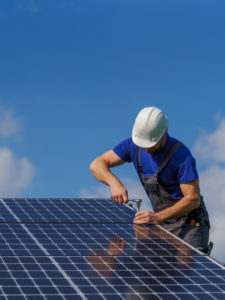
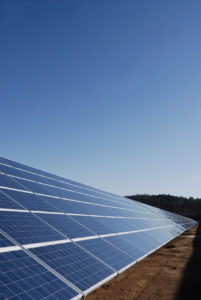
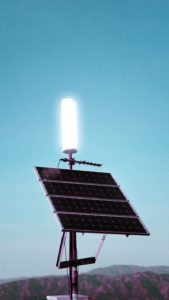
Maintenance and Repairs
While solar panels generally require minimal maintenance, they still need periodic cleaning and inspections to ensure optimal performance. Additionally, like any electronic device, they can experience failures and may require repairs or replacement of components over their lifespan.
Compatibility and Aesthetics
The installation of solar panels may require modifications to your property, such as roof mounting or additional space for ground-mounted panels. Some homeowners’ associations and local regulations may have restrictions on solar panel installations. It’s important to consider the compatibility with your property and potential aesthetic impact.
Lifespan and Technology Advancements
Solar panel technology is constantly evolving, with improvements in efficiency and cost-effectiveness. While panels have a lifespan of several decades, it’s worth noting that future advancements may render older systems less efficient or obsolete over time.
Reach out to a reputable solar panel service provider for a comprehensive consultation. Their experts will assess your property, evaluate its solar potential, and provide personalized recommendations tailored to your energy needs and financial goals. Benefit from a range of customized solar solutions designed to maximize your energy generation and savings. Whether you’re a homeowner, business owner, or part of a community, solar panel service providers offer a variety of options to suit your specific requirements. Don’t wait any longer to embrace the benefits of solar energy. Contact a trusted solar panel service provider today and take control of your energy future. Go solar now!
